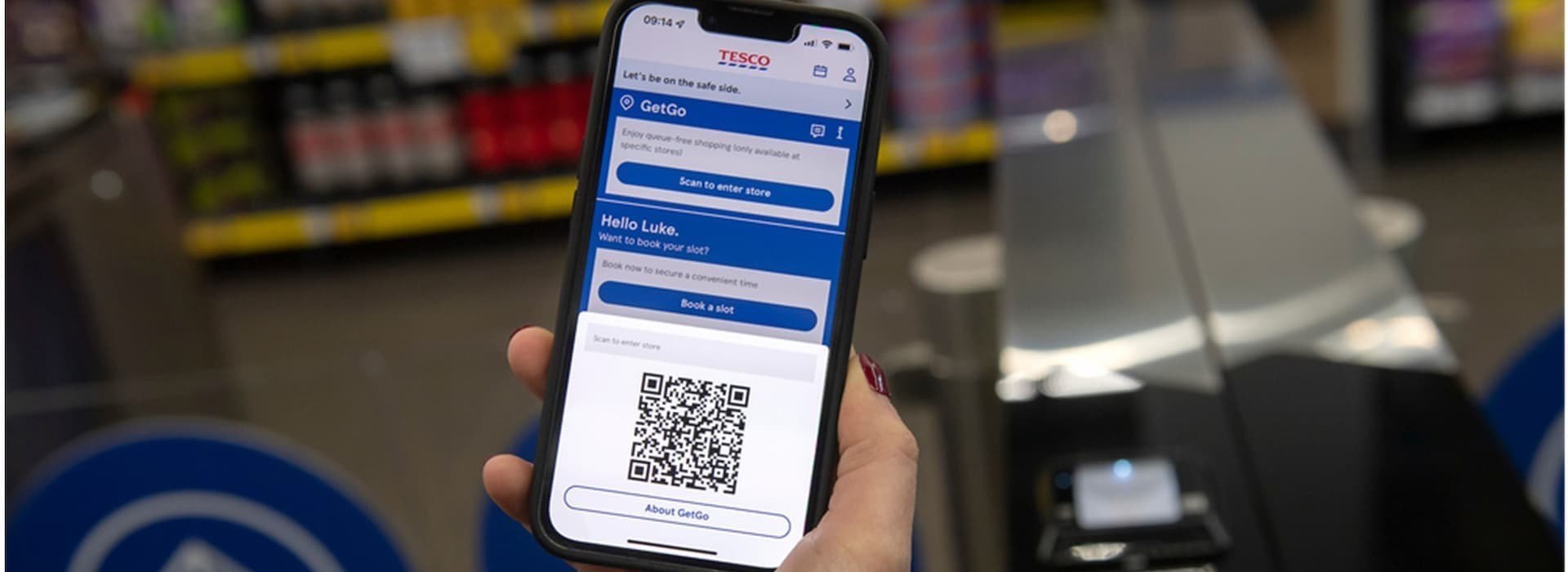Five hidden trends that will shape UK e-commerce in 2021
By Derek O’Carroll, CEO, Brightpearl
The world is a different place than pre-Covid. The vast majority of us have moved online to work, socialise and shop and new surprising habits are forming.
A recent study by Brightpearl into retail performance and changing consumer behaviour since the coronavirus outbreak reveals a number of unexpected trends that are likely to shake up the retail landscape even further heading into 2021.
Here, I recap five of those hidden e-commerce trends to watch out for next year…
1. Stores to be valuable e-commerce assets
The common wisdom may be that online shopping is killing physical stores, and certainly, it’s doing a number on many weaker retail chains.
But other store-based retailers are succeeding with an understanding that physical locations can be valuable ecommerce assets — especially in the post-Covid era.
A big part of the online growth for retailers this last year has come from offering curbside and Click and Collect pickup and those trends have only accelerated during the coronavirus outbreak.
Next year, this growth looks set to continue, with the latest research indicating that as much as 41% of consumers intend to increase their use of Click & Collect in 2021, it’s going to become a mandatory requirement for any retailers looking to increase their overall sales in a big way.
2. Optimised delivery strategies must be top of any online retailer’s agenda
According to recent data, unreliable delivery over the past year has created a crisis of confidence amongst online consumers, with almost 40% of shoppers experiencing delays to their orders.
Implementing optimised delivery strategies will top the priority list of any online retailer heading into 2021 and will likely focus on two key components.
Firstly, offering a speed of delivery that will ensure the retailer is keeping pace with competitors and the surge in online ordering, and secondly a variety of fulfilment options that are in line with changing consumer demands, such as blended experiences and local pick up.
Key to success in these areas will be adding speed and flexibility to their fulfilment, and one hidden trend will see more retailers seeking to automate retail workflows, from order processing to inventory and shipping, so they can get orders out the door quickly and meet expectations around convenience.
3. Online retailers will prioritise trust to attract and retain business
Trust is increasingly becoming a key driver in selecting who to shop with online and 51% of consumers are now saying it’s their primary buying motivator - topping other considerations like brand name and even price.
Consumers are searching for retailers that will deliver a consistent buying experience, something that has been compromised as so many brands pivoted to an online model without the correct infrastructure in place.
Throughout the next year and beyond, we will see retailers seeking to re-establish trust with customers.
Those retailers who truly recognise the importance of trust will invest in every aspect of the end-to-end customer experience with an understanding that ownership is the key to building trust - and trust breeds long-term loyalty - a prerequisite for success in this troubled climate.
4. Smaller online retailers are closing the gap
With big players such as Amazon, eBay and Argos expanding their online presence, it would be easy to assume that smaller online retailers are suffering as a result, but that isn’t always the case.
The UK e-commerce market has grown to account for more than 30% of total retail sales this year, with recent data revealing that on average mid-market UK e-commerce businesses are reporting a 15% increase in annual revenue since April.
As the data shows, many smaller and mid-sized retailers are doing well online.
And the opportunity is there for them to build on this growth next year with shoppers of all ages indicating they plan to spend more online and becoming increasingly adventurous in their online purchases.
Our latest study suggests 45% of Brits are open to buying from new brands in 2021.
That being said, this adventurous appetite won't last for long if brands fail to deliver on service promises and consumers feel let down (see our point on trust).
While there’s still room for small and mid-tier retailers to grow online, steps must be taken to compete with bigger players on delivery speed and overall operational efficiency.
5. E-commerce brands will think local
With the majority of shoppers (63%) indicating that they want to buy more locally next year, and economic and social patterns meaning we’re likely to be remaining closer to home for the foreseeable, online retailers will begin to leverage these trends by partnering with local businesses to set up collection points.
Brands that choose to expand into local collection points, however, must be sure not to disappoint the customer. With the potential for hundreds of different pick up points across the country, clear customer communication and a real time view of inventory will be key to delivering smooth experiences.
Although 2020 has been an unpredictable year for e-commerce, there will be an abundance of online opportunities in 2021 for retailers that are able to develop new strategies to take advantage of clear trends - and ones that are more hidden.










